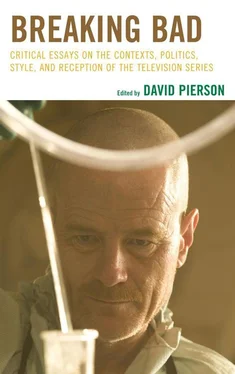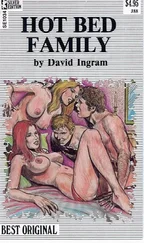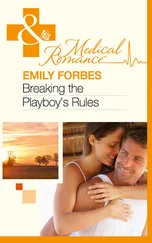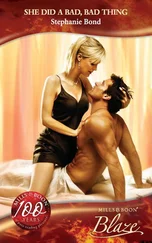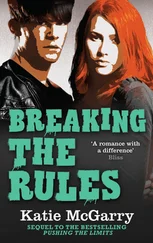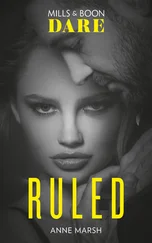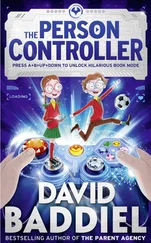See Bloomer, “Why Mad Men isn’t on HBO?” on the website Paste: Signs of Life in Music, Film & Culture.
There are several videos on YouTube dedicated to Breaking Bad ’s cold opens. For example, here is a compilation of all season one opening scenes http://www.youtube.com/watch?v=N2Anq0zHQK0. More teaser compilations can be found at http://blogs.indiewire.com/pressplay/sheila-omalley-breaking-bad(seasons one and two) and http://blogs.indiewire.com/pressplay/sheila-omalley-breaking-bad-part-2(seasons three and four).
Scripts available on www.scriptcity.com.
Please see the interview at http://blogs.amctv.com/breaking-bad/2011/10/vince-gilligan-interview.php.
Please see the interview at Indiewire.com. http://www.indiewire.com/article/television/michael-slovis-interview-breaking-bad-director-of-photography.
A bottle episode is an episode of a television series produced with the smallest budget possible. For that reason, usually these kind of episodes are set in a single location and employ only part of the regular cast of the show. For more information see “Bottle episode,” TV Tropes . http://tvtropes.org/pmwiki/pmwiki.php/Main/BottleEpisode.
See “How we got here,” TV Tropes . http://tvtropes.org/pmwiki/pmwiki.php/Main/HowWeGotHere.
Examples in this area are multiple. The use of black and white images or other post-production effects is common in contemporary television to distinguish flashback scenes and make them explicit to the audience. For example, that is the case of Babylon 5 (PTEN/TNT, 1994-1998) or the series Veronica Mars (UPN/The CW, 2004-2007) that used sepia-toned images for its flashback sequences.
Interestingly, the two men Walt confronts in the parking-lot have more than a passing resemblance to Walt and Jesse. One is goateed and bald, while the other wears a toboggan and loose, hip-hop inspired clothing. In addition, the two mean are travelling in a large van which is not too dissimilar to Walt and Jesse’s RV.
For examples of this, see almost any of the RV cooking montages in seasons one through three and the montage of Jesse and Walt’s walk out of the desert in “Seven Thirty-Seven” (03/08/09).
See, in particular, Vernallis (2008); Powrie and Stilwell (2006); Tincknell (2006); Lannin and Caley (2005); Wojcik and Knight (2001); Kassabian (2001); Mundy (1999); Smith (1998); Romney and Wootton (1995).
“The growing demand for popular recordings in film, television, and advertising,” writes Smith (2001), “has driven up licensing revenues at a comparable rate. EMI-Capitol Music, for example, has seen its master licensing business nearly quintuple since 1989. Likewise… the costs of using a particular recording over a film’s opening credits are now five to ten times higher than what they were ten years ago” (412).
Not surprisingly, Breaking Bad music supervisor Thomas Golubić has been a member of the crew throughout all five seasons.
This kind of hybrid scoring is predominant in relatively low-budget, quickly packaged—as compared to cinema—television series, and Breaking Bad is no exception.
See also Presdee (2000) on the ritualizing of transgression, and Katz (1988) on the seductions of crime.
This hybrid characteristic also arises because an existing song is recomposed to fit into the audiovisual text. This suggests, among other things, that the concept of musical scoring should be revised to include editing and mixing.
In an interview, Thomas Golubić describes the moment he found the song: “It was one of the key scenes in Walt’s transformation from teacher to meth cook, and I found TV On The Radio’s ‘DLZ’ at like 3 a.m. There was nobody to celebrate with but my cat who had no idea why I was so deliriously happy at that hour. I can’t imagine another song in that scene, and thankfully we were able to beg, borrow, and steal to afford it” (Ray 2012).
As Smith (2001) continues, “…the use of popular music in such ironic modes has become an ever more important part of cinematic signification. In fact, within the film industry, music supervisors commonly refer to such locutions as ‘joke cues’, and they must be identified as such when requesting copyright clearance from the song’s publisher or the recording artist’s record label” (408).
Indeed, as Gorbman (1987) writes: “The organizing structure of [classical Hollywood] films… is, precisely, a classical narrative with its own demands for pacing, development, spatiotemporal structure, and so on. Music is subordinated to the narrative’s demands” (2). The influence of Gorbman’s theory—which referred explicitly to classical Hollywood films—on subsequent studies of screen music should not make us forget that music does not function in the same way in every audiovisual text, especially those in which music is supposed to be in the foreground.
I shall use the term extradiegetic for music that apparently does not issue from the fictional world inhabited by the characters. The term is somewhat misleading, however, as all the music helps to construct the diegesis. I shall return to this point later.
Neither scene has source sound; this choice can be understood not only as a means to lend continuity to the montage but also as a way to amplify the separation between the visual track (realism) and the sound track (commentary).
Unlike “DLZ,” neither of the two songs has been edited, except for the fadeout at the end of “Windy,” which in the series starts slightly earlier.
According to Tommy James, one of the song’s authors, the color blue was meant to have religious connotations. Allegedly, some listeners believed instead it referred to drugs. On this regard, see the interview, “Tommy James,” Songfacts , accessed 12 October 2012, http://www.songfacts.com/blog/interviews/tommy_james/.
Previously, there have been other montages showing meth manufacturing and dealing with the accompaniment of contrasting music. In passing, it is worth noting that all these sequences are set to Latin music, making this a good example of self-reflexivity.
Booker (2007) argues that nostalgia is a prevalent mode in postmodern film and television, where it is not necessarily linked to personal experience or historical truth: “Postmodern nostalgia is more mediated by culture than are earlier forms of nostalgia…. By focusing on culture, postmodern representations of the past tend to be doubly mediated because they are representations of remembered representations” (51).
While the meaning of diegetic, nondiegetic and extradiegetic music is sometimes taken for granted in case studies, several authors have attempted to problematize it. For a comprehensive summary, see Winters (2010).
Bunia (2010) contends that the term “diegesis,” notwithstanding its widespread use, lacks a coherent definition. More precisely, when it is used to identify the narrated world, the related concept of extradiegesis tends to break down. Accordingly, he suggests a narrower definition of diegesis as information explicitly conveyed by a representation. I shall later show how this definition is also not without problems.
Читать дальше
